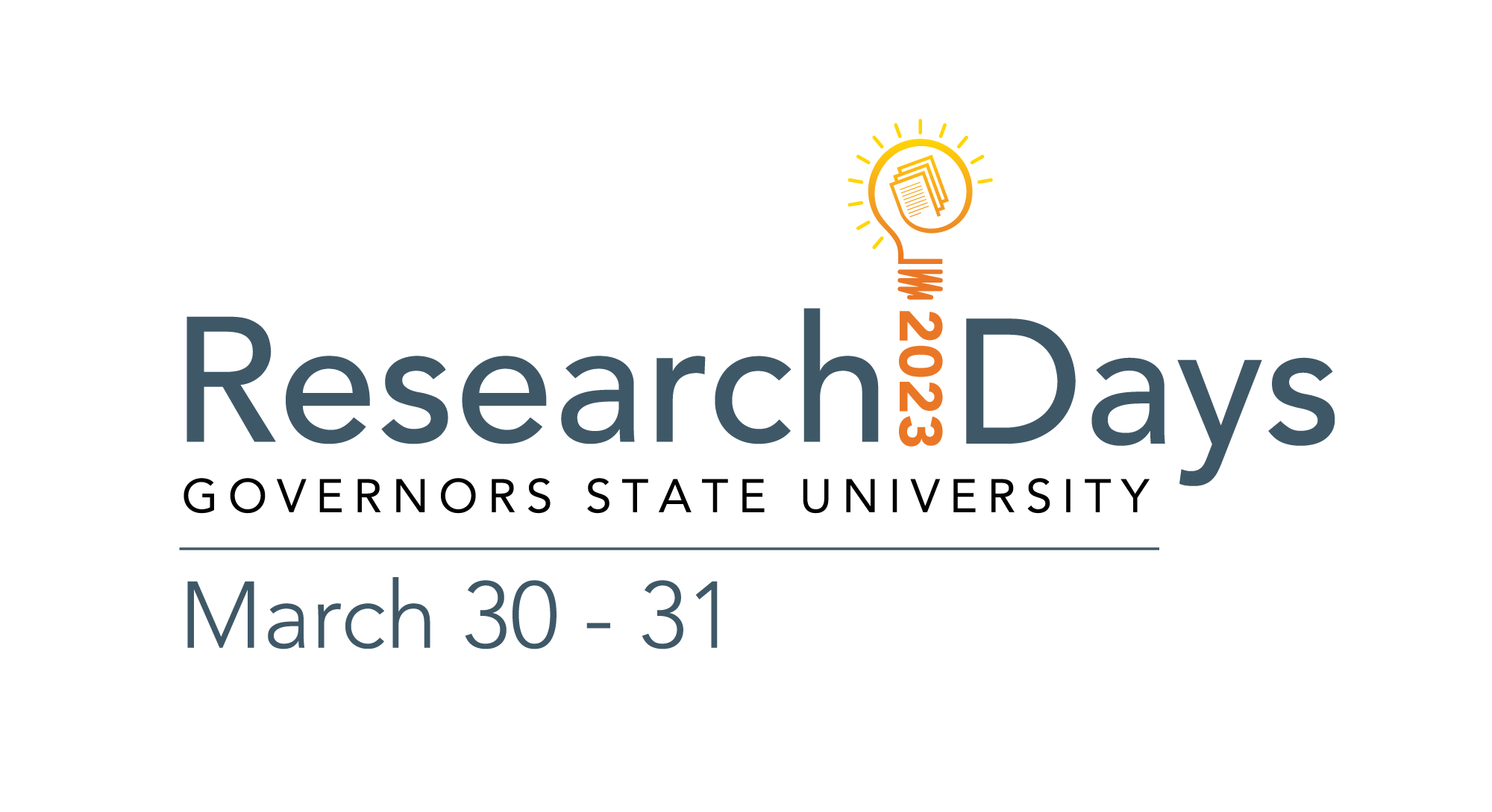The Actor Model, Fielding Constraints, and Cloud Computing
Type of Presentation
Paper
Location
D34011
Start Date
3-31-2023 1:30 PM
End Date
3-31-2023 2:45 PM
Description of Program
With Amazon, Microsoft, and others providing serverless computing, programing is undergoing a fundamental paradigm shift as applications can be authored by implementing only the domain-specific logic. Developers can implement applications by calling MOM-oriented middleware which abstracts away many CS constructs such as OSes, DBMSes, and network protocols.
Abstract
Since the first two computers were linked for communication, the problem of computational concurrency has been front and center for computer scientists. In 1973, Hewitt et al. proposed the Actor Model Formalism for distributed architecture for their AI research which abstracts computational units in terms of behaviors of virtual actors who are logically asynchronous and rely on message passing. At the infrastructure level, such logical abstraction can implement a messaging bus with buffering or other caching strategies in contradistinction to remote procedure calls or object request brokers. One of the most popular strategies today on the Internet for distributed communication are the RESTful APIs which are the subject of the Fielding Constraints, the topic of Roy Thomas Fielding’s PhD dissertation which provides a formal framework for analyzing Web architecture considering his contributions to RFCs 1945 and 2616. This paper situates the emerging paradigm of serverless cloud computing and service-oriented architecture exploring it through relationships with both the actor model and RESTful APIs by taking a brief inventory of some popular actor-model approaches to distributed computation. Such solutions such as Akka-based Kalix, Microsoft’s Orleans.NET, and others are attempting to simplify distributed application development by providing cloud-based middleware to allow developers to focus on end-user needs using reactive, functional, and object-oriented design patterns. The intent of this review is to establish the prominent ideas and literature necessary for furthering actor-model, RESTful, cloud-based serverless distributed architecture and providing a brief overview of concepts involved in light of the proliferation of virtualization.
The Actor Model, Fielding Constraints, and Cloud Computing
D34011
Since the first two computers were linked for communication, the problem of computational concurrency has been front and center for computer scientists. In 1973, Hewitt et al. proposed the Actor Model Formalism for distributed architecture for their AI research which abstracts computational units in terms of behaviors of virtual actors who are logically asynchronous and rely on message passing. At the infrastructure level, such logical abstraction can implement a messaging bus with buffering or other caching strategies in contradistinction to remote procedure calls or object request brokers. One of the most popular strategies today on the Internet for distributed communication are the RESTful APIs which are the subject of the Fielding Constraints, the topic of Roy Thomas Fielding’s PhD dissertation which provides a formal framework for analyzing Web architecture considering his contributions to RFCs 1945 and 2616. This paper situates the emerging paradigm of serverless cloud computing and service-oriented architecture exploring it through relationships with both the actor model and RESTful APIs by taking a brief inventory of some popular actor-model approaches to distributed computation. Such solutions such as Akka-based Kalix, Microsoft’s Orleans.NET, and others are attempting to simplify distributed application development by providing cloud-based middleware to allow developers to focus on end-user needs using reactive, functional, and object-oriented design patterns. The intent of this review is to establish the prominent ideas and literature necessary for furthering actor-model, RESTful, cloud-based serverless distributed architecture and providing a brief overview of concepts involved in light of the proliferation of virtualization.

